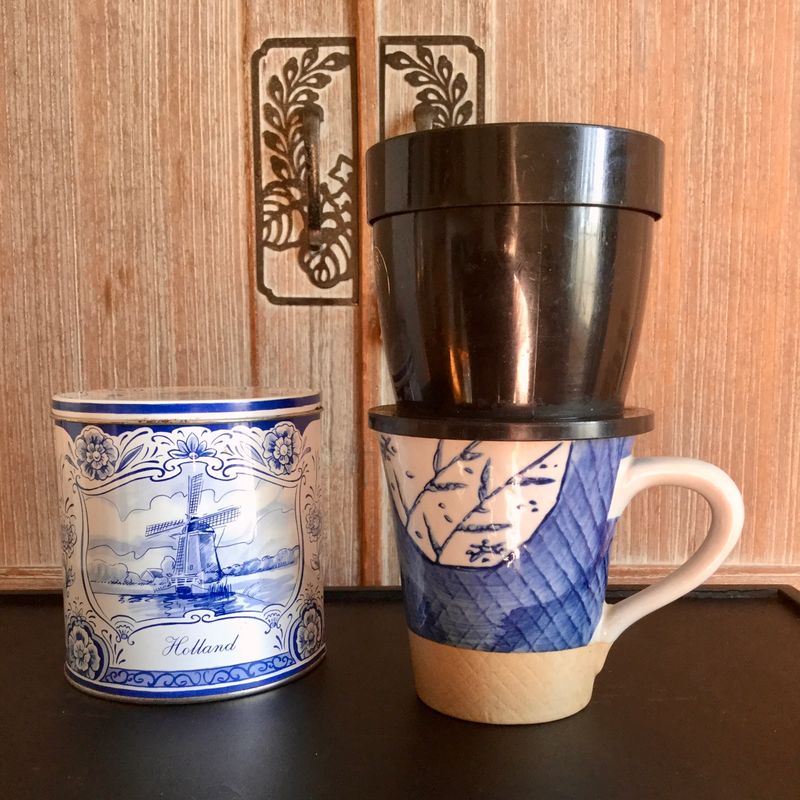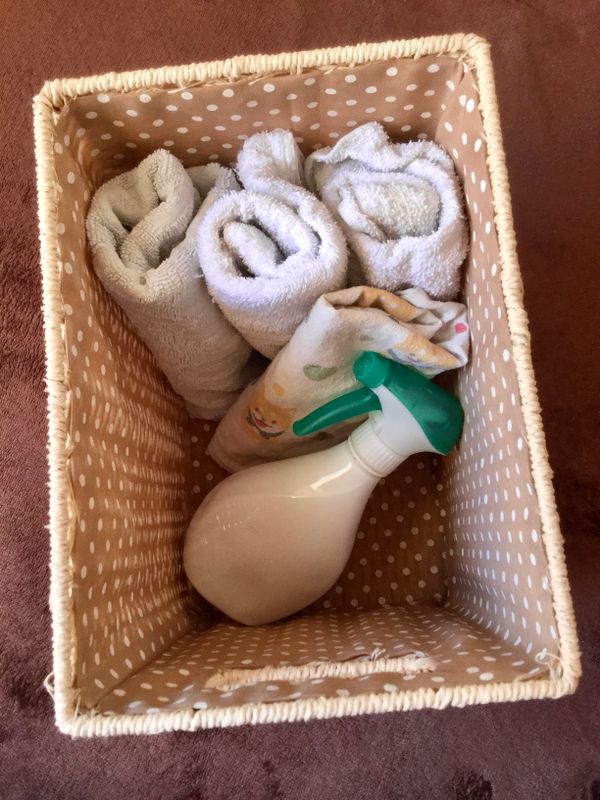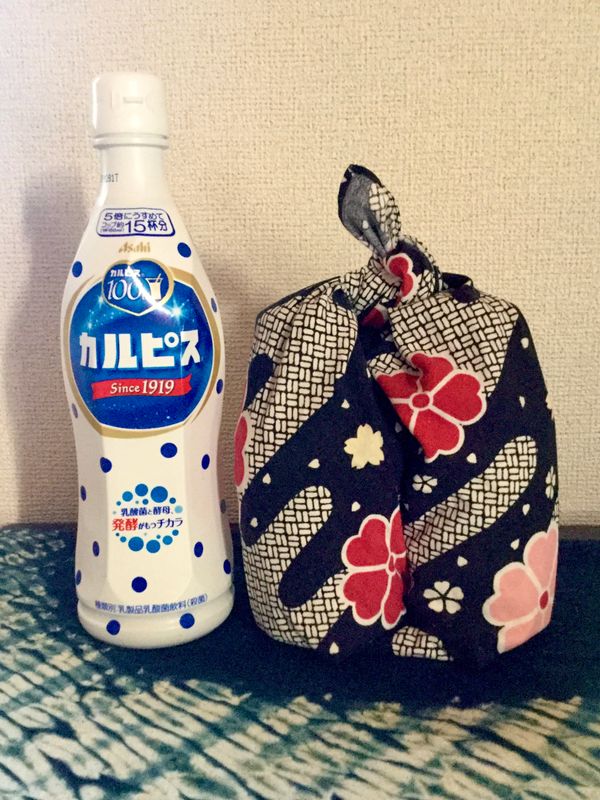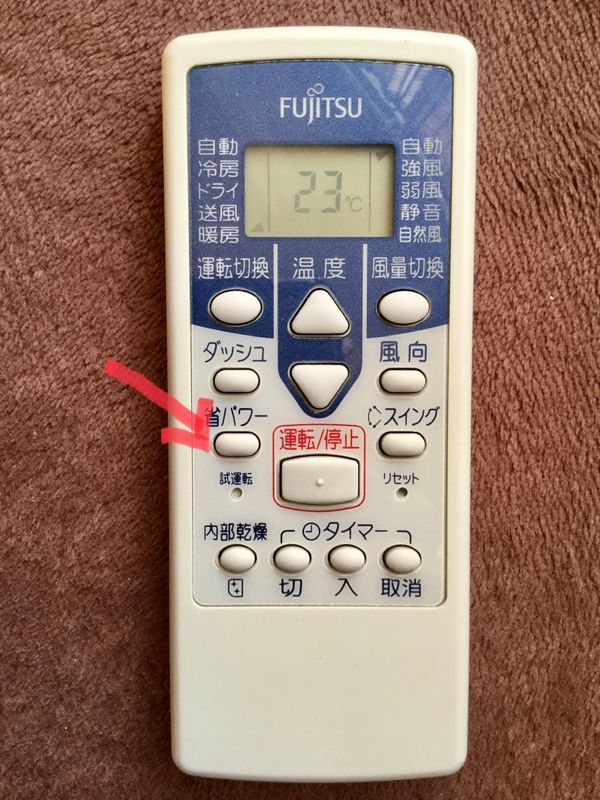Jan 6, 2020
Four steps to Zero Waste and Cost Savings in 2020
Every day, the media is filled with stories about climate change, proliferation of plastic in the environment, issues about energy consumption. I’ve been looking hard community and individual responses to the Zero Waste movement.
In my city in Chiba Prefecture, there are strict regulations for garbage both plastic and burnable, and dozens of categories of recycling. But it’s nothing as rigorous as Kamikatsu. This Tokushima Prefecture town, which resolved to become a zero waste zone by 2020, is eliminating incineration and landfills. By 2016, the town achieved a recycling rate of 81%.
I’d love a bit of help from community to go Zero Waste, like Kamikatsu. But in general, Japan is pretty far behind on the Zero Waste push, so I’m taking action individually, finding ways to reduce household waste and energy consumption, and at the same time, experience cost savings. Here are my tested tips for taking steps towards a Zero Waste and more economical home life.
Less Consumption, Less Waste
One of the ways I’ve reduced waste and saved costs is by buying less and selecting household goods that don't produce more waste. For example, the best vacuum cleaner I’ve ever had is this Twinbird upright with an integral filter. When the catcher gets full, it’s wash the cloth filter.
My coffee dripper needs no filter and I've gotten years of use out of it. From a heaping tablespoon of ground coffee, I get two flavorful cups of coffee. There are dozens of varieties of these coffee drippers available on Amazon like this Vietnamese style coffee dripper.

A no-filter coffee dripper
Cheap and Clean
When it comes to cleaning, there are convenient products available at the 100 yen stores, but do I need them? I no longer buy floor wipes, paper towels, or cleaning products in plastic bottles. Instead, I use the ubiquitous damp zokin cotton cleaning cloths on furniture, windows, and floors with a few drops of eucalyptus oil to make everything smell fresh.
Cleaners and air fresheners are another way to reduce costs, protect your health, and save money. Most of my cleaning is done with dish washing liquid. Commercial air fresheners are full of chemicals the names of which I can’t pronounce, and they’re costly. So, for cleaner and air freshener, I refilled a used plastic spray bottle with a few tablespoons of vodka, essential oil, and baking soda. The scent is more appealing than the store bought stuff.

Rags put to work with homemade cleaner in a recycled spray bottle
I gave up on melamine sponges, which are apparently non-toxic, but also not biodegradable. For tough stuff, I use cloth rags, baking soda, salt, and elbow grease. For disinfectant, I use alcohol. To keep kitchen sink drain fresh, I alternately put citrus peels and 10 yen coins. Citrus peel oil is a natural solvent, and 10 yen coins, which are 95% copper, are antimicrobial.
Less Plastic, Yen Saved
It’s easy to eliminate plastic bags from your routine, a little harder to eliminate plastic packaging. These days, I always have a furoshiki and bandana-sized carrying cloths in my bag ready for supermarket trips. Gradually, I’ve become more aware of restricting my purchases to items on the supermarket edges – fruits, veggies, and meat – that are “naked” or have lighter packaging. Some plastic wrapped items are unavoidable, so I strip off the packaging and put them in my own bags. The deli section is another place to reduce plastic consumption. The deli sections of most supermarkets have paper packets to put purchases in instead of plastic packs. I also refuse plastic bags at retail shops, usually wrapping my purchases in a furoshiki.
PET plastic bottles are ubiquitous in Japan, but it’s wasteful and resource-consuming to recycle them. I started getting drink concentrates, and save aluminum screw top cans (rescued from the recycling bin at work) to carry the drinks in my bag. A drink concentrate can yield 15 servings. That’s 14 plastic bottles and about 2000 yen saved.

Drink concentrate and two metal bottles wrapped in furoshiki ready to go
Some plastic is unavoidable, such as bread and zip top bags for dry products, but this has become another way I’ve eliminated plastic and saved money. I haven’t bought plastic wrap or zip top bags in years, and use the bags to store items in my fridge.
Another way to eliminate plastic packaging is to head to specialty shops. Many bakeries sell items “naked”. They can be packed home in your own paper or cloth wrapper. Rice shops sell their rice in reusable paper bags. If you’re a tofu fan, and have a tofu shop in your area, bring your own plastic box to carry your purchase home.
Reducing the amount of plastic coming into my home results in another tiny cost saving, too. Municipal garbage bags for plastic waste are provided free to households, but in limited amounts. If you run out, you have to pay for more, and the fee is surprisingly high. I don't want to pay more to dispose of plastic stuff I don't want.
Lower Energy Use Equals Savings
Did you know that over half of Japanese households reuse their bath water? It’s easy to port bath water over to the clothes washer. I also slosh bath water on the veranda to keep dust down. If you’re very particular, you can even substitute buckets of bathwater for a toilet flush or three. Depending on your city’s water metering, you might notice a reduction in your water bill if you are thrifty.
Gas consumption is another chance to cut down and save money. For example, some foods don’t need to have a flame under them the whole time. I hard boil eggs by putting the eggs in the pot, covering with water, and boiling them for just one minute. I turn off the gas and leave the eggs in the hot water. I get perfectly hard boiled every time.
Pasta, too, doesn’t need the heat on the whole cooking time. Boil the water, add the pasta, put the lid on, and turn the heat off. To keep the heat, take the pot off the stove and wrap it in a towel. Stir it now and again, and at the prescribed cooking time on the package, check to see if it’s al dente.
Another consideration is how much electricity you use, and there are ways to reduce your usage. Unplug electrical items when you’re not using them. Vampire power, the loss of electricity through cords and devices on standby, can add yen to your electrical bill. Plug your modem, computer, TV, game console, and mobile devices on a power strip, and unplug the power strip when you go out.

The power saving button on the aircon remote control
You can see energy savings through smart management of your air con. First, make sure it’s clean, and you’ll get more efficient use out of it. You can keep the aircon from running too hard by timing your use. When you anticipate a big temperature change over the course of the day, start the aircon early rather than waiting for the room to heat up or cool off. You can save power by getting to know the buttons on your aircon unit. Use the power save function on your aircon, labeled as 省エネ shou ene or 省パワー shou pawaa.



0 Comments